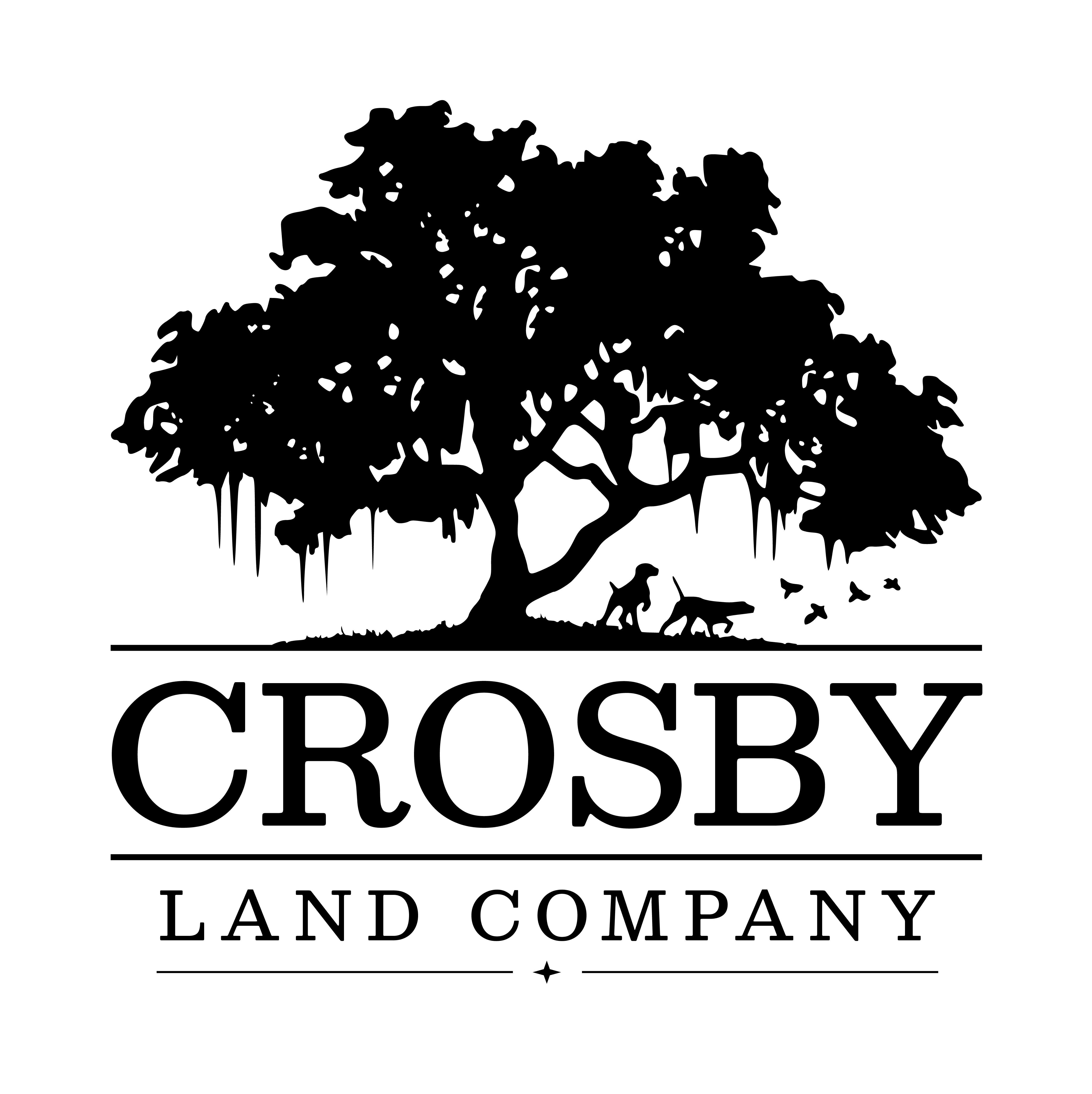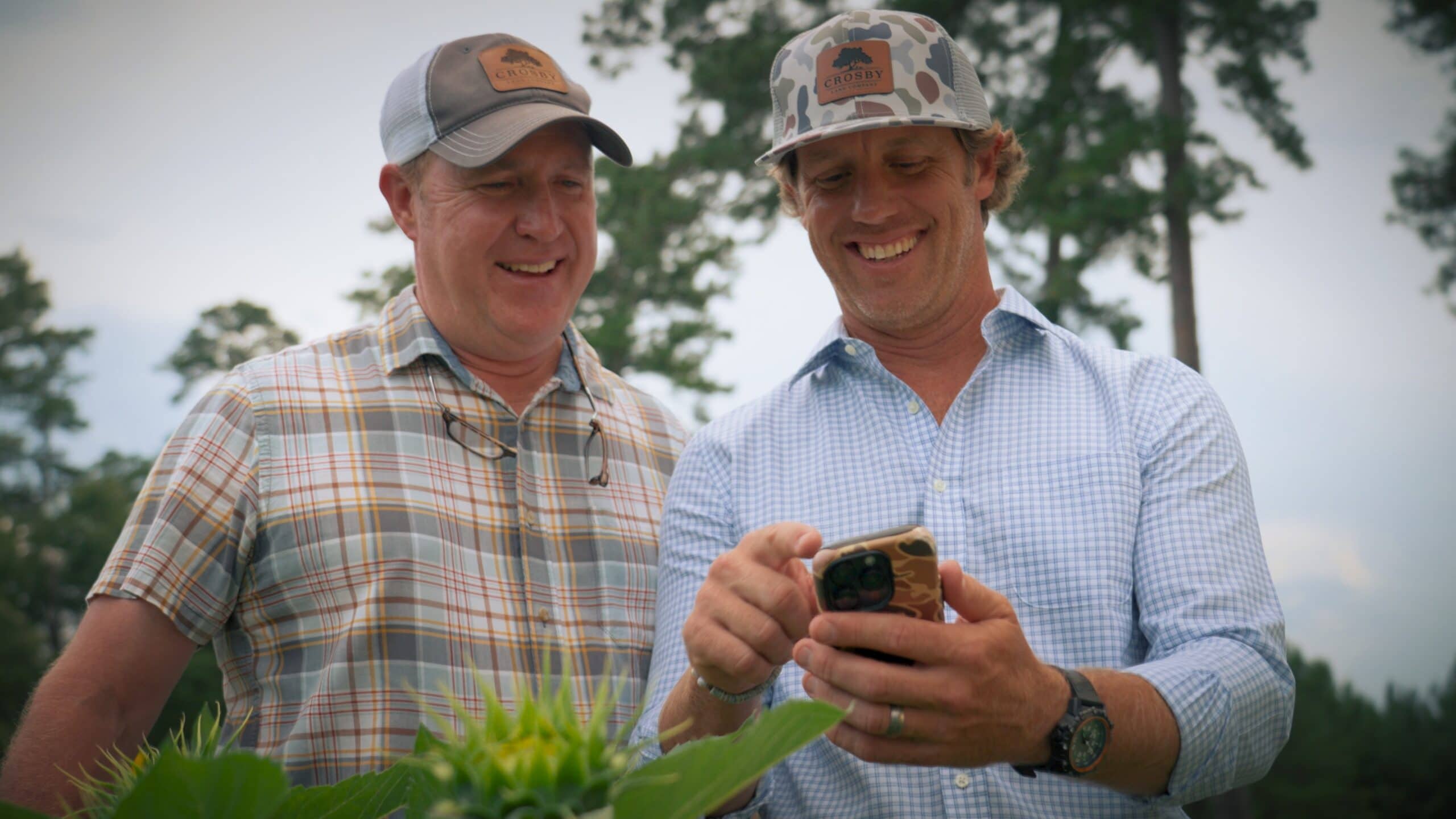Owning your own hunting land is a dream for many outdoorsmen. In the Southeast, particularly across South Carolina and the surrounding region, that dream is not only achievable—it’s one of the smartest ways to invest in a lifestyle you love.
If you’re browsing hunting land for sale, you might be wondering: what comes next? How do you turn raw acreage into a thriving wildlife haven?
This guide is your starting point. Whether you’re focused on deer, upland birds, or waterfowl, we’ll walk you through the fundamentals of creating and managing habitat that supports the game you love to pursue.
Why the Southeast Is Ideal for Private Hunting Land
The Southeast, especially the Lowcountry of South Carolina, offers a remarkable mix of landscapes: pine forests, wetlands, fields, and hardwood bottoms. Combine this diversity with a long hunting season, favorable climate, and rich tradition of land stewardship, and you have an ideal setting for year-round outdoor enjoyment.
For buyers searching for hunting land for sale, South Carolina also offers:
-
White-tailed deer, wild turkeys, bobwhite quail, ducks, doves, and more
-
Opportunities to enroll in conservation and land improvement programs
-
A long growing season for food plots and native habitat management
Step 1: Know Your Property
Before you can begin managing for wildlife, you need to understand what your land has to offer. Start by assessing:
- Soils and topography: Determine which areas are best suited for food plots or shallow water management.
- Water sources: Identify natural creeks, ponds, wetlands, or areas suitable for impoundments.
- Existing vegetation: Look for mast-producing trees, open fields, dense cover, and native grasses.
- Travel corridors and edge habitat: These areas are often hotspots for wildlife movement.
Walk the land, set up trail cameras, and talk with local biologists or a wildlife consultant. The more you understand your property, the better you can shape it.
Step 2: Managing Habitat for Whitetail Deer
White-tailed deer are one of the most popular game species in the Southeast, and they respond well to even basic habitat improvements.
- Food Plots & Forage
Supplement native forage with seasonal food plots:
- Fall: clover, oats, winter wheat, brassicas
- Spring/Summer: soybeans, cowpeas, alfalfa
Position plots along edges or near bedding cover, and avoid overexposing deer to open areas.
- Bedding & Cover
Thick cover is critical. Consider creating bedding zones by:
- Hinge-cutting small trees
- Allowing young forests to regenerate
- Leaving some unmanaged areas to grow up
- Mineral Sites & Water Access
Install mineral licks and ensure reliable water sources to support overall herd health. - Manage Hunting Pressure
Limit pressure by rotating stand sites, creating sanctuary zones, and carefully managing access routes.
Step 3: Creating Upland Habitat for Bobwhite Quail
Bobwhite quail populations have declined over the past decades due to habitat loss, but with the right management, your land can help reverse that trend and provide thrilling covey rises.
- Early Successional Habitat
Quail thrive in areas with a mix of native grasses, forbs, and shrubby cover. Ideal practices include:
- Prescribed burning to reset succession
- Discing strips of land in rotation
- Planting native warm-season grasses
- Shrub Thickets & Escape Cover
Create clumps of plum thickets, blackberry, or sumac spaced throughout open areas to give quail places to hide from predators. - Insect & Seed Sources
Chick survival depends on insects. Promote insect-friendly forbs and avoid heavy pesticide use. - Predator Control
Selective trapping of nest predators like raccoons, skunks, and opossums can increase brood success.
Step 4: Developing Wetlands for Waterfowl
Waterfowl require a different kind of management, but landowners with the right setup can create exceptional duck hunting right at home.
- Build Shallow Impoundments
Flooded areas between 6 and 18 inches deep are perfect for puddle ducks. Consider:
- Installing water control structures (flashboard risers)
- Constructing dikes or berms to contain water
- Identifying low-lying fields that can be seasonally flooded
- Plant for Ducks
Ideal food sources include:
- Japanese millet
- Smartweed
- Browntop millet
- Corn (managed for minimal soil disturbance)
Flood food plots in the fall to coincide with migration.
- Provide Rest Areas
Not every area should be hunted. Designate quiet zones where ducks can feed and rest undisturbed. - Monitor and Maintain
Control invasive species like phragmites and avoid permanent flooding that limits plant growth.
Step 5: Supporting Other Game Species
Beyond deer, ducks, and quail, your land can also support:
– Wild Turkey: Turkeys need a mix of mature woods, open areas, and bug-rich early successional habitat. Keep mature hardwoods for roosting and burn pine stands periodically to encourage understory growth.
– Doves: Doves love open fields and grains. Sunflowers, millet, and bare ground offer prime shooting opportunities. Manage mowing and harvesting schedules to align with dove season.
– Rabbits & Small Game: Thick, brushy cover and old field edges make great habitat for rabbits. Avoid over-clearing or “cleaning up” areas unnecessarily.
Step 6: Permits, Programs & Partnerships
Improving your hunting land isn’t just about sweat equity. There are resources available to help you get started and stay compliant:
- Conservation Programs
Programs like EQIP (Environmental Quality Incentives Program) and WHIP (Wildlife Habitat Incentives Program) offer cost-sharing and guidance for wildlife habitat improvements. - Prescribed Burn Permits
In South Carolina, prescribed burning requires notification and potentially a burn plan. Contact the South Carolina Forestry Commission. - Waterfowl Management Permits
If modifying wetlands or building impoundments, you may need permits from SCDHEC or the U.S. Army Corps of Engineers. - Forestry Services & NRCS Support
Your local NRCS (Natural Resources Conservation Service) office or a consulting forester can offer land assessments, soil tests, and habitat planning support.
Step 7: Building Your Hunting Legacy
The goal of owning hunting land isn’t just tags and harvests—it’s creating a space where stories are made. For many, that means:
- Teaching the next generation to hunt and respect the land
- Hosting friends and family for weekend hunts
- Watching the sunrise over your own duck hole
- Turning a raw piece of property into a destination
Every season, your land becomes more than an asset—it becomes a legacy.
If you’re looking for hunting land for sale in the Southeast, especially in South Carolina, partner with a land broker who understands these nuances. The right property isn’t just acreage—it’s potential. And with intention, guidance, and the right habitat plan, your land can thrive for decades to come.
Creating great hunting habitat takes time, but every improvement you make builds toward a healthier ecosystem and a more rewarding experience. Whether you start with a few food plots or commit to a full habitat management plan, the Southeast offers the natural resources and regional support to make it happen.
There’s no better time to invest in your passion. Search hunting land for sale with a long-term mindset, and let the land return the favor for years to come.

